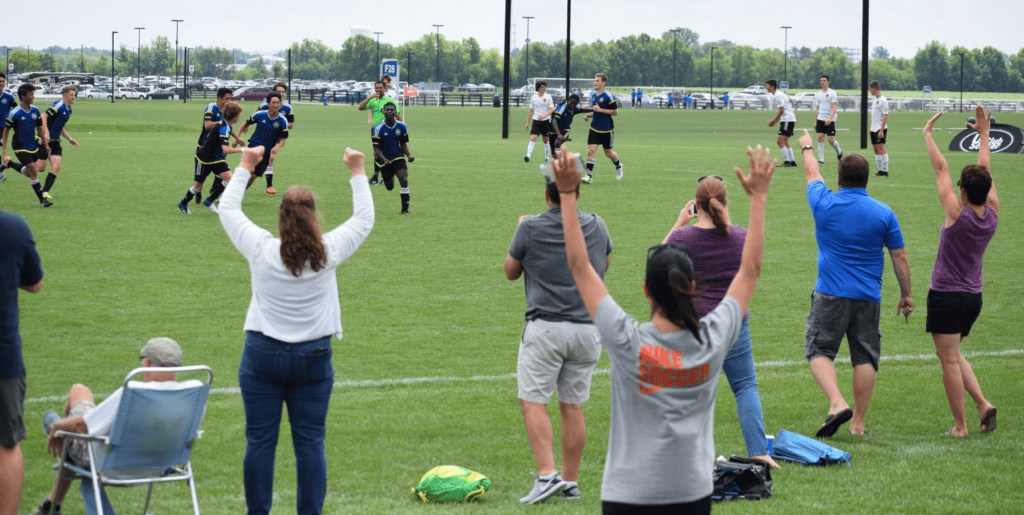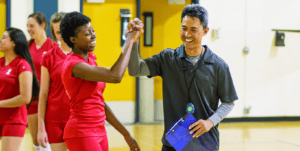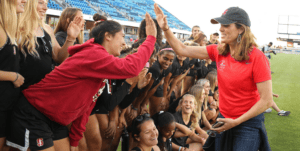PCA Resource zone
Role of the Team Parent/Caregiver

Building a positive sports experience for all athletes takes effort, intention, and collaboration. When athletes participate in a positive sports culture, they are more likely to experience the many benefits that sports can provide – from developing leadership and resiliency skills to building healthy connections and support systems. Ensuring these outcomes requires considering all aspects of the sport experience.
Establishing a ‘Team Parent/Caregiver’ program by engaging volunteer parents/caregivers can help ensure the principles of a team’s positive culture are maintained on the sidelines and that the team community is well supported. ‘Team Parents/Caregivers’ are tasked with contributing to a team environment in a way that helps everyone feel they belong, spreading the word about the team’s expectations and values, and reinforcing sideline actions that encourage a positive sports experience.
Specific activities of a ‘Team Parent/Caregiver’ can include:
- Gaining familiarity with the team’s core values and expectations. ‘Team Parents/Caregivers’ should meet with coaches so they understand how the team operates, how they can support the coach, how they can contribute to a positive team culture, and how they want to interact on a day-to-day basis.
- Getting to know other parents/caregivers early each season to build connections with and amongst the team community. They should explain their role as team parent/caregiver and enlist support in creating a sport experience where the athletes can better develop life skills and as competitors.
- Surveying other parents/caregivers about potential challenges they may need support in overcoming and setting up time to brainstorm solutions with others.
- Leading communication with parents/caregivers on team activities, game updates (for parents/caregivers unable to attend games), and scheduling to ensure all feel included.
- Distributing materials that help promote a positive sports experience for athletes – such as a list of names of players on the team or information on No-Directions Cheering. They can also pass along resources to support positive sports parenting: Positive Sports Parent/Caregiver Pledge; Tips for a Positive Parent/Caregiver-Coach Partnership, and Tips for Sports Parent/Caregiver Self-Care.
- Modeling and reinforcing positive actions and behaviors on the sidelines, such as remaining silent when disagreeing with an official’s call, encouraging players by name, and appreciating players from both teams.
- Welcoming new families to the program by connecting them with other parents/caregivers, providing resources like Ten Tips for First-Time Sports Parents/Caregivers, and explaining the team’s culture and expectations.
- Helping organize and manage travel to help ensure athletes attendance – i.e. carpools, public transportation groups, walking groups, etc.
- Advocating for avenues that families can use if they are seeking financial support to participate on the team.
- Intervening when sideline expectations are not met and reminding spectators of the program’s core values. If the ‘Team Parent/Caregiver’ feels they need help addressing a situation, they should engage the coach or other program leadership.







